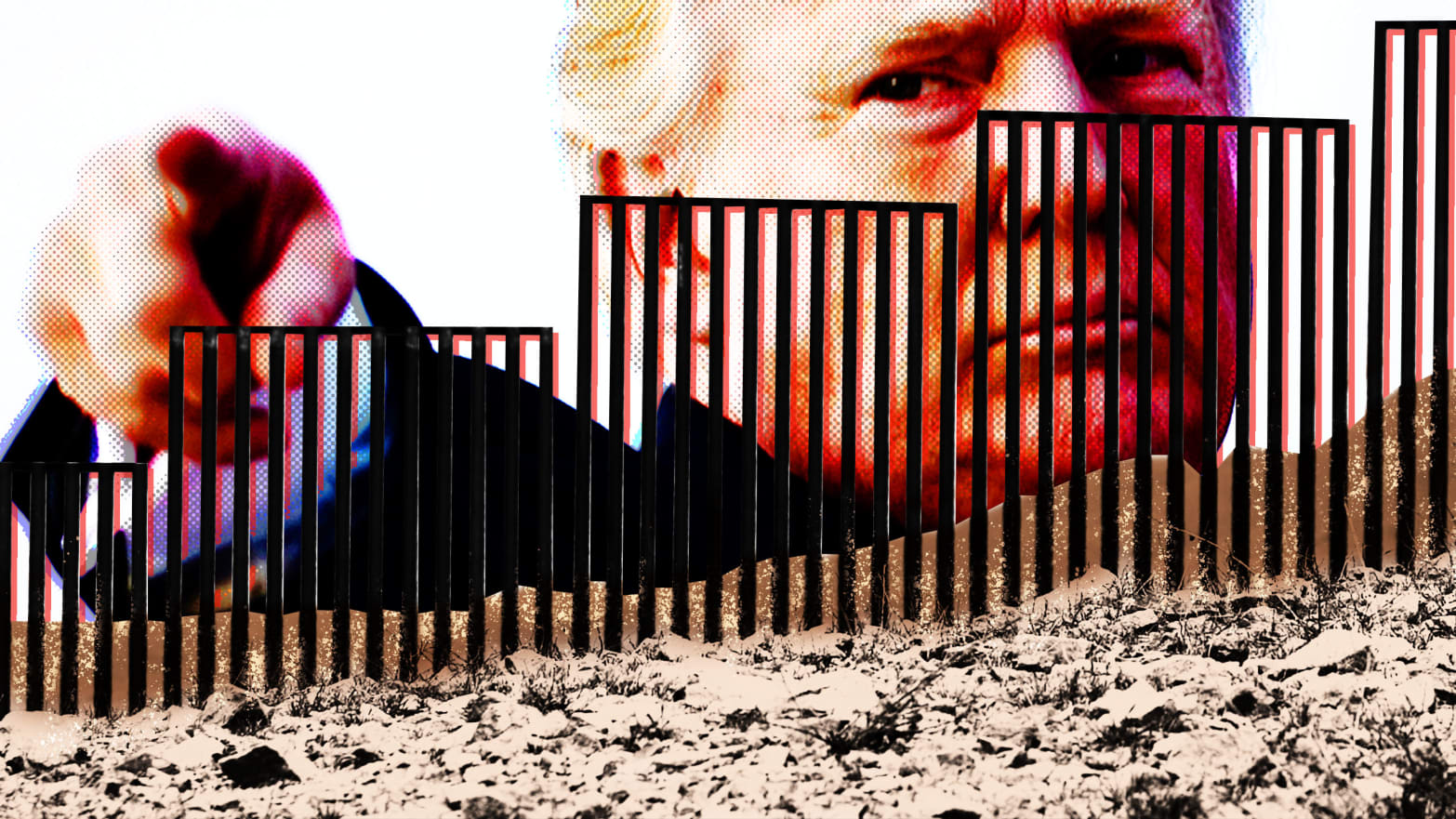
Propelled by his xenophobic promise to rid the United States of its “illegals” and close the door to all who wish to enter, by which he means the large number of women and children fleeing misery and gang violence in Central America, Donald Trump is, after 2 1/2 years, increasing the problems raised by what is at stake in the immigration issue exponentially. Without a doubt, this will suit him politically despite all the social, human and economic damage caused by his actions, especially south of the Rio Grande, but north of it as well.
Trump’s obsession with his “wall” has resulted in numerous political setbacks: renouncing the preposterous demand that Mexico pay for the wall, and congressional defeat in a show of force over the wall’s budget, which led to a federal government shutdown for 35 days last winter, etc. Now in a gross misrepresentation of facts, he is extricating himself from a comparable setback by pretending that he has obtained Mexico’s cooperation with “unprecedented steps” which will “greatly reduce, or eliminate” illegal immigration from Mexico.
With his simplistic foreign policy founded on punitive measures, Trump wants to pretend that his threat of a 5% tariff on imported Mexican products forced Mexican President Andres Manuel Lopez Obrador, known as AMLO, to make the alleged concession. But this is quite false. If Trump has decided in his own head to do nothing about the tariffs, it could be argued that he backed down due to opposition by the business lobby from all sides, from the Republican Senate, the Democrats and even from members of his own team who warned him of the negative impact of such a tariff on both the American and Mexican economies, which are closely linked.
In any case, this latest episode is an example of behavior evidenced in the new book, “Siege: Trump Under Fire,” by Michael Wolff, which lays out the emptiness and the stupidity of Trump’s decision-making.
On the other hand, The New York Times reported Monday, June 10, that AMLO had already acquiesced for some time to Washington’s demands: first in December 2018 by accepting the continuation of a program under which applicants for refugee status would have to remain in Mexico while the American immigration authorities considered their cases, and then in March by agreeing to deploy the National Guard to his southern border.
If Trump is thus unable to truly flaunt his “agreement,” the fact remains that his policy continues to wreak havoc. In particular, these so-called new measures will only serve to put Mexico in an even more impossible situation, stranded between the U.S. and Central America.
The detention camps in northern Mexico are already overflowing, and the number of interrogations of migrants without legal documentation in the U.S. reached 144,000 in May, a record number for the past 10 years. Meanwhile, in southern Mexico, the number of Central Americans crossing the border has nearly quadrupled over previous years to more than 300,000 during the first quarter of 2019. All this presents AMLO, who took office last year, with a double migratory crisis.
The double crisis presents a double challenge: No one could really expect President Obrador to calm the situation given his tempestuous counterpart, whose capacity for troublemaking is immense. As a man of the left, AMLO has tried to reconcile the orders coming from America with a migration policy based on respect for human rights and economic development. His problem is how to square the circle. His policy of openness, especially with humanitarian visas, has caused an unmanageable rush of refugees in southern Mexico, which is a godsend for smugglers.
AMLO is very much alone in this fight, even though it is evident that the solutions to El Salvador, to Guatemala and to Honduras are not Trump’s blind immigration policy or the complacent support of corrupt governments, but a regional and multilateral approach that stresses school construction, an independent judiciary, the battle against climate change, etc. The conditions for sustainable development would appear more attainable if the means and the will to achieve them existed in the political realm.

Leave a Reply
You must be logged in to post a comment.